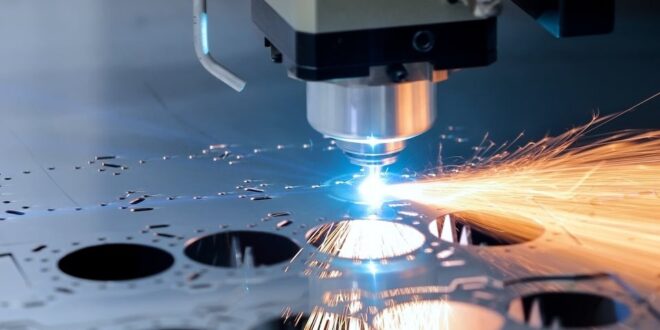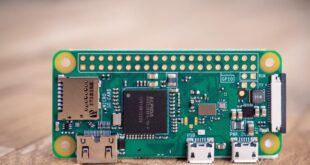Steel is fundamental to modern engineering and manufacturing, valued for its strength, durability, and versatility. Cutting it, however, requires precision and control. Traditional methods such as plasma or mechanical cutting can cause material distortion or leave uneven edges. The introduction of laser cutting steel has changed this entirely, allowing manufacturers to produce cleaner cuts with greater accuracy and less waste.
Understanding How Laser Cutting Works
Laser cutting is a thermal process that uses a concentrated beam of light to melt or vaporise the material. The laser is guided by computer numerical control (CNC), which interprets design files and translates them into exact movements. This ensures every cut matches the intended shape with millimetre precision.
As the beam strikes the steel, it heats the metal to its melting point. A jet of gas, usually nitrogen or oxygen, blows away the molten material to leave a smooth and clean edge. Because the laser never touches the steel directly, the risk of contamination or tool wear is eliminated, leading to consistent and repeatable results.
Benefits of Laser Cutting for Steel
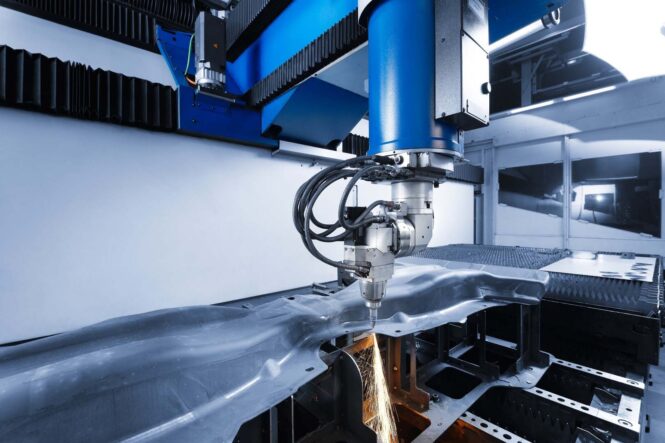
Laser cutting provides several clear advantages over more traditional techniques:
- Accuracy: The precision of the laser allows for tight tolerances and intricate detailing.
- Efficiency: It cuts faster than mechanical tools, particularly on thin or medium-thickness steel.
- Minimal waste: The fine beam width enables close nesting of parts, maximising sheet usage.
- Clean edges: Cuts are often smooth enough to require no secondary finishing.
- Versatility: The same setup can handle different steel grades and designs with minimal adjustment.
These benefits make laser cutting an attractive option for industries where both performance and efficiency matter, including automotive, aerospace, and architectural fabrication.
Types of Lasers Used for Steel
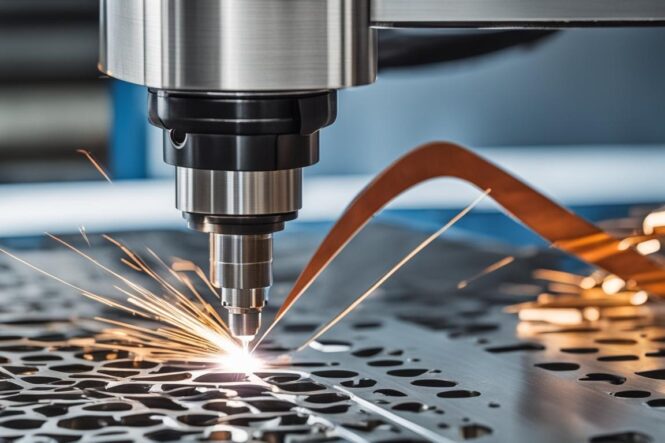
Different laser technologies suit different materials and applications:
- CO₂ lasers: Effective for thicker or non-reflective steels and widely used in industrial settings.
- Fibre lasers: More efficient and reliable, offering excellent results on reflective metals such as stainless steel.
- Nd:YAG lasers: Often used in fine cutting and engraving where precision is critical.
Fibre lasers have become particularly popular due to their low maintenance requirements and energy efficiency, making them ideal for high-volume or precision-based manufacturing.
Applications Across Industries
Laser cutting steel plays a vital role across many sectors. In the automotive industry, it is used to manufacture panels, brackets, and support structures. In construction and architecture, designers rely on it to create intricate facades, staircases, and metal features. It also supports the production of machine components, tools, and enclosures, where accuracy and repeatability are essential.
Even smaller workshops and design studios use laser technology to achieve detailed patterns for decorative items, signage, and custom fittings that would otherwise be difficult to produce by hand.
Design and Material Considerations
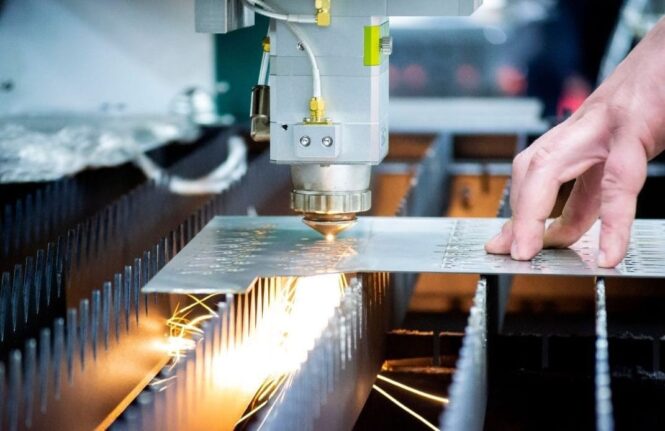
When preparing steel components for laser cutting, several design aspects must be considered:
- Material thickness: Each laser system has optimal performance limits depending on steel type and thickness.
- Kerf width: Allowing for the width of the laser beam ensures accurate dimensions.
- Heat-affected zone: While minimal, designers should consider any potential thermal distortion on thin materials.
- Piercing points and cut order: Planning these correctly helps maintain stability and quality during cutting.
These factors ensure efficient production and maintain high-quality standards throughout fabrication.
Integrating Laser Cutting into Fabrication Workflows
Many fabrication facilities combine laser cutting with other processes like folding, welding, and powder coating to deliver complete manufacturing solutions. This integrated approach streamlines production, reduces handling time, and maintains consistency across all stages of the workflow.
Detailed information about how this process works can be found through resources dedicated to laser cutting steel, which explain how precision technology and skilled operation come together to achieve consistent results.
Quality and Inspection Standards
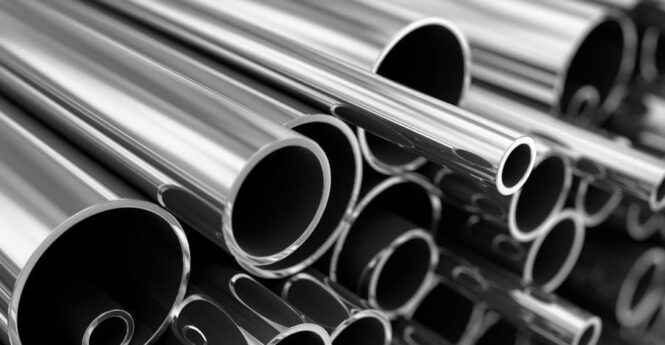
Quality control is central to laser cutting. Dimensional accuracy, edge quality, and part consistency are all checked through precise measuring tools and inspection systems. Any residual burrs are removed, and edges are smoothed when required. For critical components, additional treatments such as stress relief or coating may be applied to ensure durability and performance under load.
The Future of Steel Cutting Technology
Advancements in automation and data integration continue to enhance laser cutting. Modern systems use sensors and real-time monitoring to adjust laser power, focus, and gas flow automatically, improving both speed and quality. Artificial intelligence and predictive maintenance are also being introduced, reducing downtime and waste.
As industries aim for more sustainable and efficient production methods, laser cutting remains a cornerstone technology, combining precision with environmental responsibility. It continues to redefine what is possible in metal fabrication, setting the standard for accuracy, consistency, and innovation in steel manufacturing.
 Imagup General Magazine 2025
Imagup General Magazine 2025
